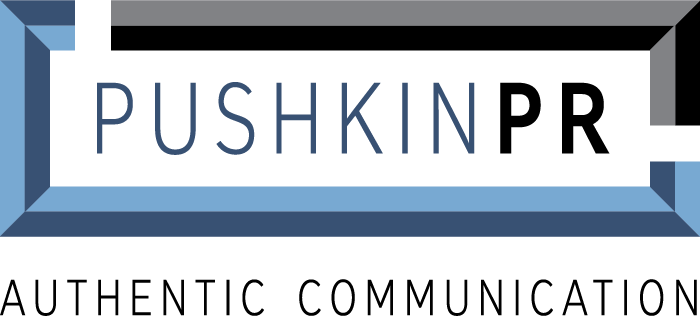
In The Thursday Three with Pushkin PR we share three news stories that captivated our attention during the week ranging from public relations and social media trend updates to relevant news in the industries we serve including healthcare, nonprofits, government, law firms, and festival clients. If you’re interested in implementing any of the PR tactics we discuss below or if you’re searching out the best Denver PR firms to hire, contact us at 303.733.3441.
Public Relations: What is PR?
Muck Rack: How do you define public relations?
One of the most common questions our Denver-based team of public relations experts receives is what is PR? Over the years, the industry has seen massive changes as the media landscape has evolved, which can leave many people wondering what our work actually entails and what value it holds for our clients. We like this definition of PR from the Public Relations Society of America:
“Public relations is a strategic communication process that builds mutually beneficial relationships between organizations and their publics.”
At Pushkin PR, we approach our work with the goal of helping our clients raise awareness, change behavior, improve public sentiment, manage crises, increase audience engagement and much more. Depending on the objectives of the communications plans we prepare for our clients, they see value from our work in many different ways. For clients looking to increase brand awareness, value may come in the form of our team scheduling interviews with local morning shows to allow our clients to share information about their latest initiatives. Or for clients looking to position themselves as an industry leader, value may look like our team drafting and securing a media placement for a bylined article.
Social Media: Scheduling Instagram Posts Through Facebook
Social Media Examiner: How to Schedule Instagram Posts on a Desktop Without Third-Party Tools
Social media managers, rejoice! After years of struggling with third party apps to schedule Instagram posts from desktop, Facebook has finally launched a scheduling platform for Instagram. Using Creator Studio, communications professionals can now schedule standard Instagram posts and IGTV videos on desktop. You’ll still have to schedule Instagram Stories through third-party apps or post in real time on mobile, but this is a great start for making Instagram easier to use for social media managers!
Creator studio is free to use, making it a great option for nonprofits and other organizations with a limited social media budget.
When scheduling your Instagram posts through the tool, be sure to include any hashtags in the caption. Users are currently unable to put hashtags in the first comment (this is a feature available with a few third party scheduling applications like Sprout Social). However, Creator Studio will keep track of how many hashtags you have included in the caption, making it easy to track how many of the 30 allowed hashtags you have used as you’re drafting your post copy!
Branding: Mascot Roundup
Campaign US: Starbucks triumphs while Mr Mucus gets a battering in mascot study
Who is America’s most likeable mascot? It turns out Wendy, the red-headed pigtail rocking Wendy’s mascot is pretty hard to hate. This excellent study reviews mascots across a variety of factors including likeability, trustworthiness, persuasiveness and more. Starbucks took first place in the most memorable category while Mr. Mucus racked up a litany of less than savory titles including most annoying, least likeable and most creepy.
While this is a fun study to read through, there are several important takeaways highlighted as well. When choosing whether to use a fictional mascot or select a celebrity or ambassador as the face of your brand, fiction is often better than reality. Animated mascots allow you to use them for years since they don’t age or quit, allowing you to build brand awareness over decades using the same face. Additionally, using a fictional mascot reduces the potential for a crisis communications situation where you have to answer to the public for your mascot’s misdeeds or indiscretions (think: Jared from Subway.)
